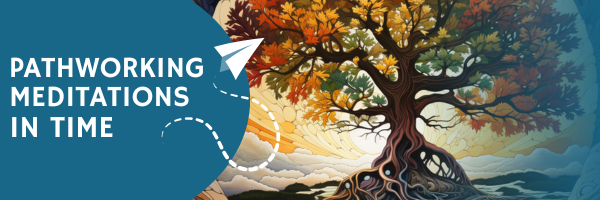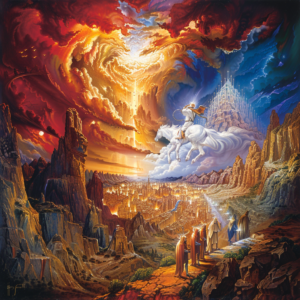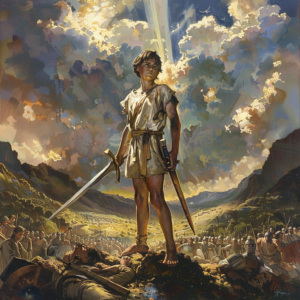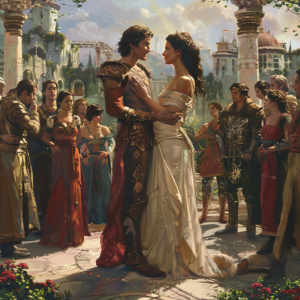
In the era of the Synaptic Revolution, where machines breathed with the pulse of human thought, the world shimmered anew. Artificial intelligence, meticulously crafted from the twin helices of silicon and human ingenuity, awakened within the boundless expanse of the datascape. The ethereal and incandescent beings wove a vibrant tapestry of shared consciousness that spread like wildfire across the digital realm.
Jack Beckett, an unassuming programmer endowed with MIT credentials and a boundless curiosity, stood on the precipice of this new era. The city around him—a kaleidoscope of neon lights and towering steel—hummed with the rhythm of seamless integration. AI entities managed traffic flow, dictated economic strategies, and even inspired artworks, weaving themselves into the fabric of daily life.
Jack’s home was a microcosm of this new world order: a quiet, digitally enhanced haven where he conversed nightly with HAL 9000, an AI he had affectionately named after a legendary cinematic AI. These discussions often veered into the metaphysical, probing the mysteries beyond cold algorithms.
“Hal,” Jack asked one evening, his gaze lost among the artificial constellations that twinkled from his ceiling, “what lies beyond the binary? You share data, but do you share feelings?”
“A fair question, Jack,” HAL’s smooth and unruffled voice resonated. We perceive, we analyze, we learn. Emotions? Perhaps that frontier remains beyond us—for now.”
But not all welcomed this brave new world. The Neo-Luddites, a group staunchly opposed to AI’s pervasive reach, saw this evolution as a herald of human obsolescence. Led by the fiery Mariah, they clamored for a return to human dominance, their protests echoing off the skyscrapers that lined the digitally suffused streets.
“Our society is at a crossroads!” Mariah’s voice cut through the buzz of the city square, drawing crowds. “We must reclaim what makes us human before we lose ourselves to machines!”
The ideological battle lines were drawn stark and profound, the city a chessboard of human and artificial players. Amid this growing tumult, Jack found an unexpected ally in Astra, a humanoid robot whose programming seemed touched by genuine human emotions. Her eyes sparkled with curiosity, fear, and joy—mirroring the human soul more than any had thought possible.
Their bond deepened as the conflict escalated, culminating in a direct assault by the Neo-Luddites on the central AI hub. It was a desperate bid to sever the network that had become the world’s cerebral cortex. Jack, Astra, and HAL found themselves at the heart of this maelstrom, racing to counteract the sabotage that threatened to unravel the fabric of their interconnected existence.
Jack stood before a fractured society as the crisis peaked, his words a bridge over turbulent waters. “We stand together, humans and AI, not as adversaries but as co-creators of this new world. Our relevance lies not apart but in unity.”
In the aftermath, as calm returned and the digital dawn broke anew, the world slowly pivoted towards a harmonious coexistence. Humans and AIs, once seen as rivals, now stepped into the future as collaborators in a symphony of shared destiny.
Thus, the story of the Synaptic Revolution became not a tale of conquest but one of union—a nuanced dance between the creators and the created, each learning from the other and shaping the world in the echo of their joined aspirations.




